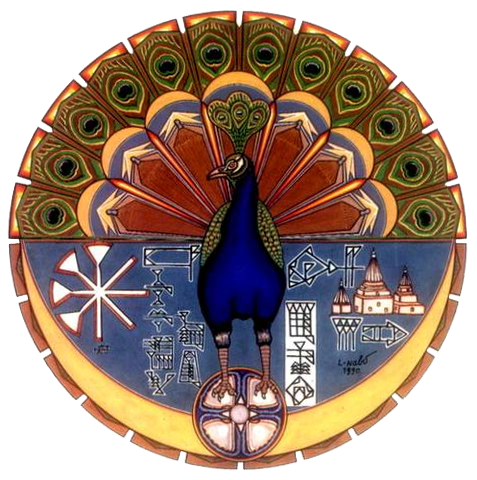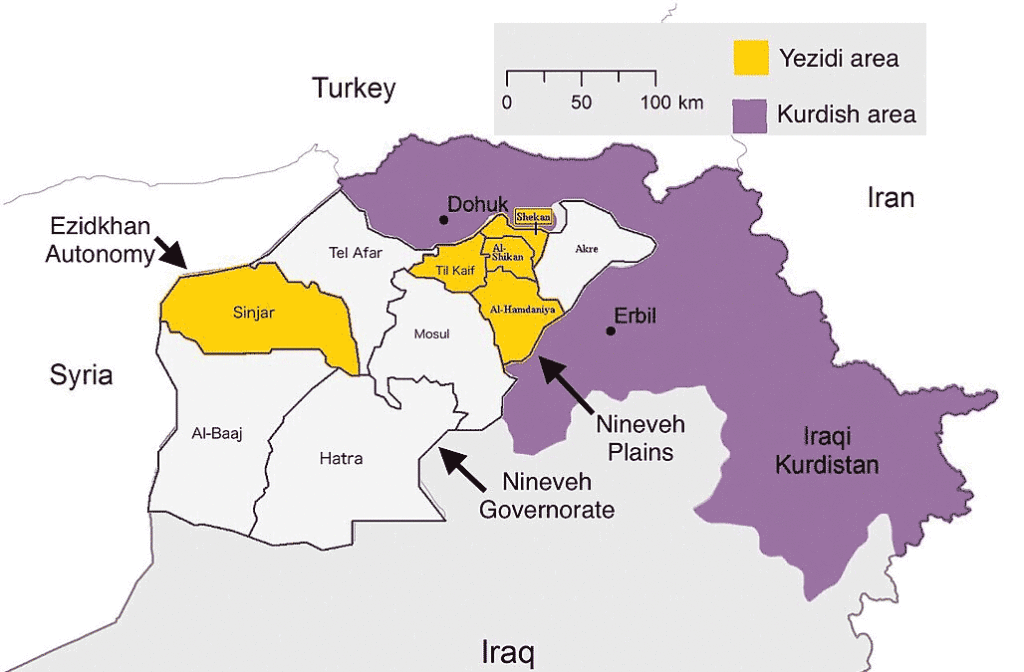About Ezidikhan
The Yazidis are Kurmanji (Kurdish) speakers who have lived for centuries as farmers and cattle breeders, scattered about in Turkey, Syria, Iraq, and the former Soviet Union. They shared the same fate as the Kurds when the areas were Islamized in the 7th century. Most of the Kurds were forced to convert to Islam. The Yazidi live predominantly in present-day northern Iraq. Their number worldwide is estimated to be in the region of 800,000 to 1,000,000 ( Cetorelli et al., 2017 ). The troops of the self-proclaimed “Islamic State” conquered 2014 the areas of northern Iraq and turned on the long-established religious minorities in the area with tremendous brutality, especially towards the Yazidi. Huge numbers of men were executed; thousands upon thousands of women and children were abducted and willfully subjected to sexual violence. The religious minority was to be eliminated and the will of the victims broken. The future of Yazidism is unclear, but it will certainly never be the same again.
The History of the Yazidi
The Yazidi themselves claim to be members of one of the oldest world religions and make reference to Mithraism and its relationship to Yarsan and Zarathrustra. The Yazidi have reported massacres since the Arab invasion of the Near and Middle East in 637 A.D. and the enforced Islamisation and these continue to the present day. They were, and still are, considered by radical Muslims as “devil worshippers” and are not regarded as “Followers of the Book”. As a result of the pressure of being forced to convert to Islam, they retreated to the hills and had only limited contact to the other groups. Their religion was passed on orally by the priests. Therefore, the history of the Yazidi is an oral history. There are very few written documents by the Yazidi about the Yazidi and this has only changed in the last fifty years.
Source: “The Yazidi: Religion, Culture, and Trauma” by Dr. Jan Ilhan Kizilhan


